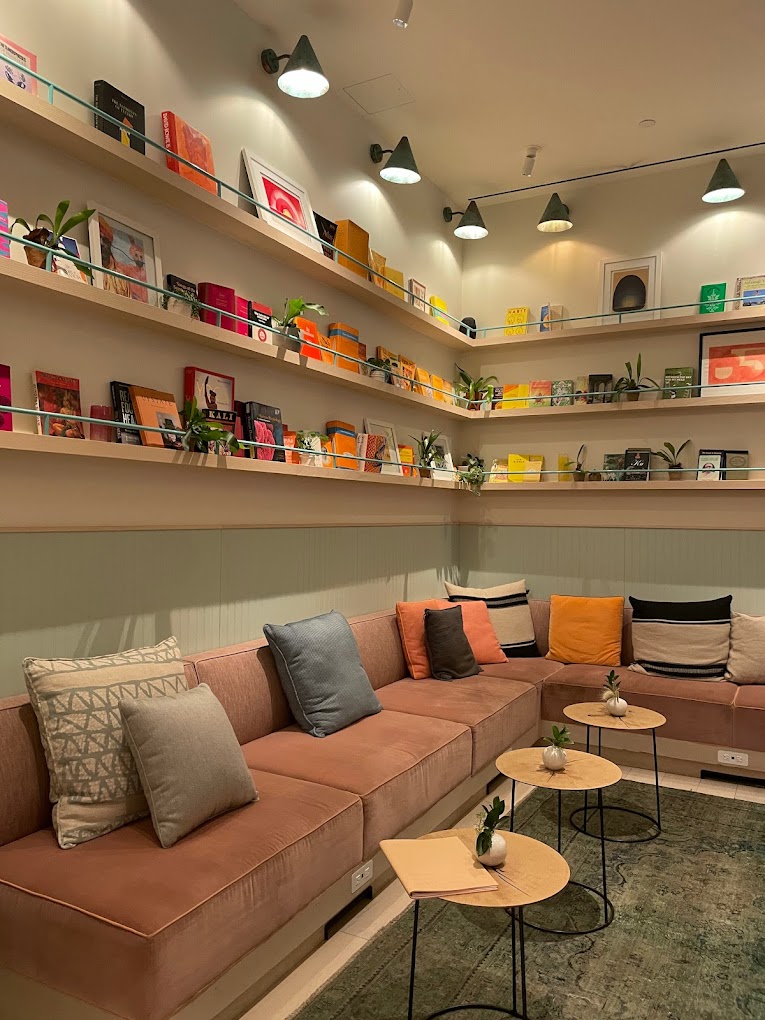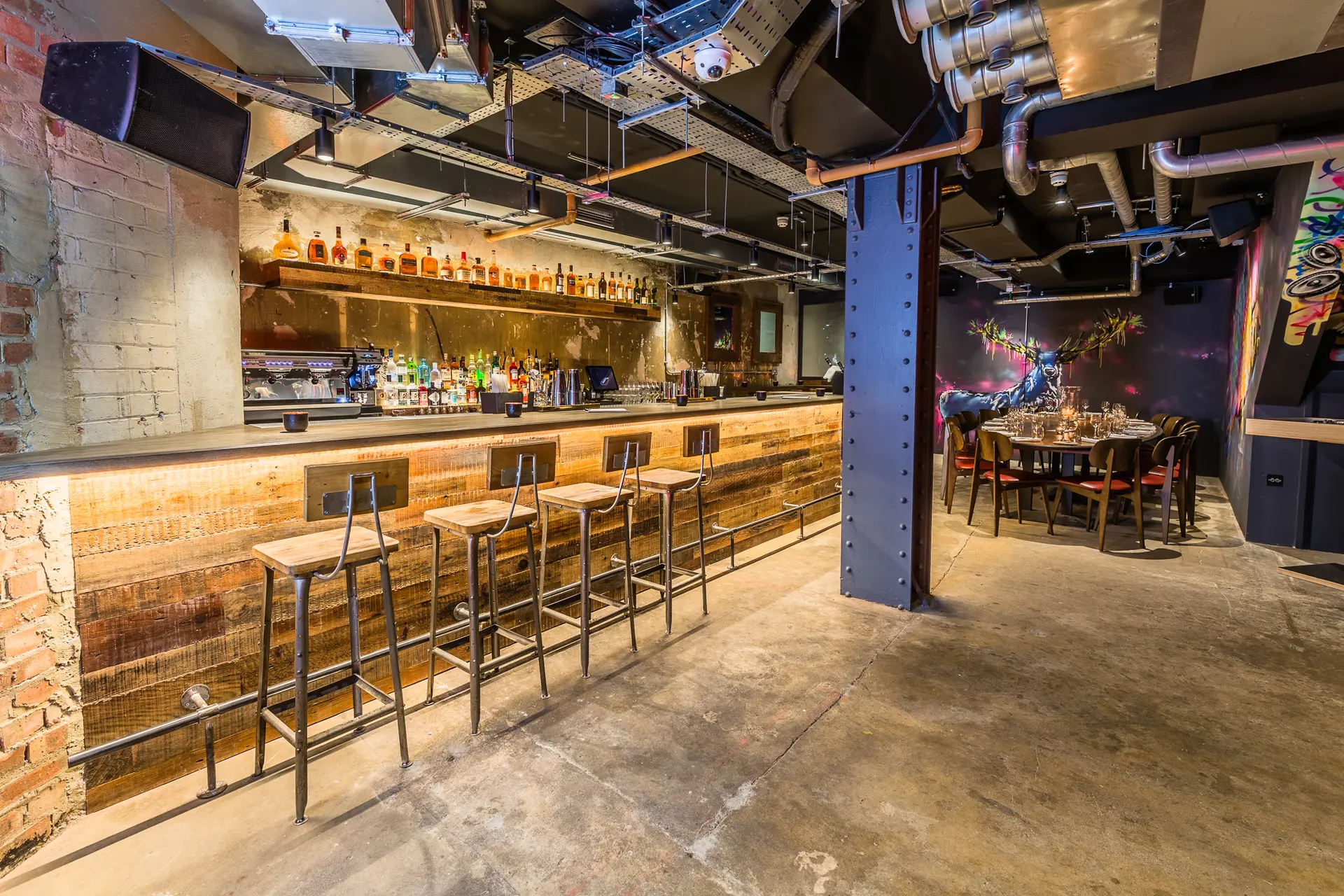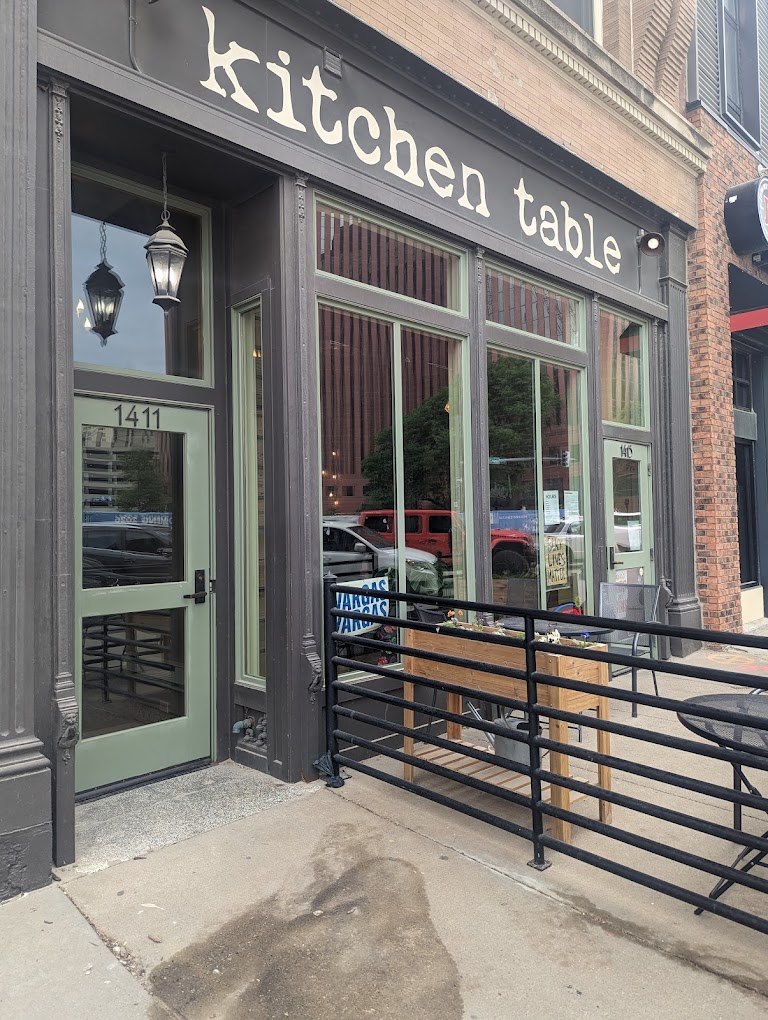Your dining table is often the centerpiece of your home, where family and friends gather to share meals and memories. After investing in a quality table, you’ll want to be diligent about protecting it to maintain its beauty and function for years to come. Here are some tips for keeping your dining table in the best shape possible.
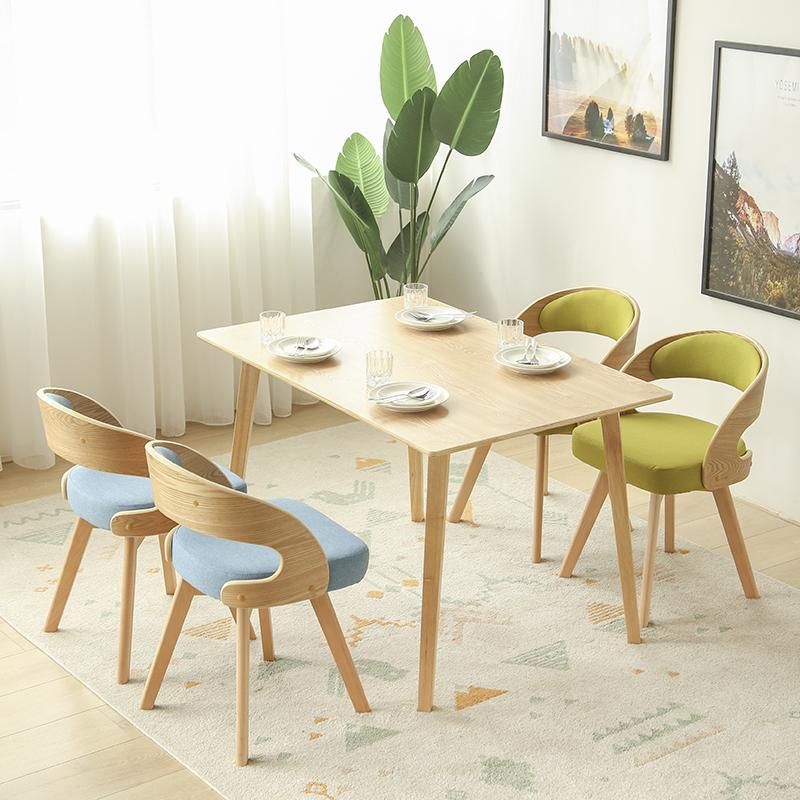
Use Place mats and Tablecloths
Using place mats and tablecloths to cover the dining table surface is one of the simplest ways to protect it. Place mats provide a protective buffer between the table and dishes/glassware, absorbing spills and scrapes that could damage the finish. Rotate place mat position periodically to distribute wear.
Tablecloths add an extra layer of protection across the entire table. Look for coated tablecloths or table protector pads for repelling spills. Use tablecloths during gatherings with food and beverage to limit the risk of stains and scratches.
Select Protective Dinnerware
The type of dishes, glassware and flatware used on the table can either help or harm the surface. Plastic, melamine and bamboo dinnerware are softer options less likely to scratch. Glass plates won’t scratch, but may nick the edges if set down forcefully.
Avoid dinnerware with sharp, unfinished undersides that can abrasively scrape the table finish. Choose items with smooth, finished bases. Take care not to slam silverware on the table, which can dent softer wood surfaces.
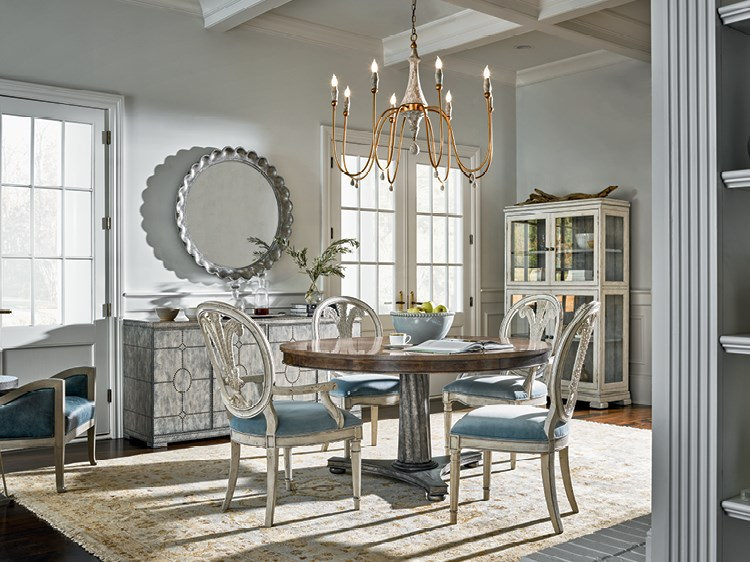
Use Trivets and Hot Pads
Applying direct heat to the tabletop can cause permanent damage. Always set hot pans, dishes, and heat-generating appliances on trivets or pads. Choose trivets with rubber feet to grip the table without slipping and scratching.
Have plenty of hot pads available when serving hot food to place under dishes before setting them down. Promptly wipe up any condensation rings from glasses to avoid watermarks. Avoid exposing the table to prolonged direct heat.
Promptly Clean Up Spills
Quickly wiping away spills before they have a chance to set will make cleanup easier and prevent stains. Keep spill clean-up supplies handy and act immediately when accidents happen. Gently blot wet spills with a soft cloth without rubbing.
For sticky spills, scrape off any residue but avoid harsh scrubbing which could abrade the finish. Use a damp soapy cloth and dry thoroughly. Check the care instructions from your table manufacturer for their recommended cleaning method.
Use Table Pads
Table pads provide a convenient option for protecting the entire dining surface. Plastic and felt table pads safeguard from scratches, spills, and heat. Use pads when the table is in frequent use or for special events with extra risks.
Look for thick padded vinyl pads that cushion and prevent dents from dropped silverware. Change out felt pads once soiled. Always use pads specifically sized to properly fit your table shape.
Keep Table Free of Debris
Allowing dirt, grains of salt/sugar or debris to sit on the surface can lead to scratches and finish erosion. Periodically inspect the tabletop and clean away any particles with a microfiber cloth to avoid abrasion damage from rubbing.
Avoid using the dining table as a workspace or craft zone where small objects could get inadvertently left behind. Don’t allow pets on the table, who could scratch the finish. Promptly repair any nicks or gouges.
Be Gentle Moving Furniture
Carefully sliding — not dragging — chairs across the floor protects both your floors and table edges. Consider adding felt pads to chair and table legs prevent scuffing. When moving table leaves or expansion components, lift fully rather than dragging across the surface.
Take care not to bump or scrape the table with chairs, serving carts, or other furniture. Leave ample space around the table perimeter so it’s not cramped.
Apply Protective Wax
Wax finishes protect wood and veneer tabletops from spills, stains, and scratches. Use paste wax made for furniture and renew every 6-12 months per manufacturer instructions. Choose wax with UV blockers to reduce sun damage.
Regular waxing maintains the table’s shine and seals the finish. Always hand buff wax with a soft cloth, rubbing with the wood grain direction. Over-waxing can create a thick buildup.
Keep Your Table Looking Beautiful
Caring for your dining table doesn’t have to be a burdensome chore. With smart preventative measures and prompt attention to spills, you can easily safeguard its finish. Invest in quality table pads, placemats or a tablecloth you enjoy using to make table protection a decorative accent. With regular TLC, your dining table will shine for generations, gathering your loved ones in comfort and style.







